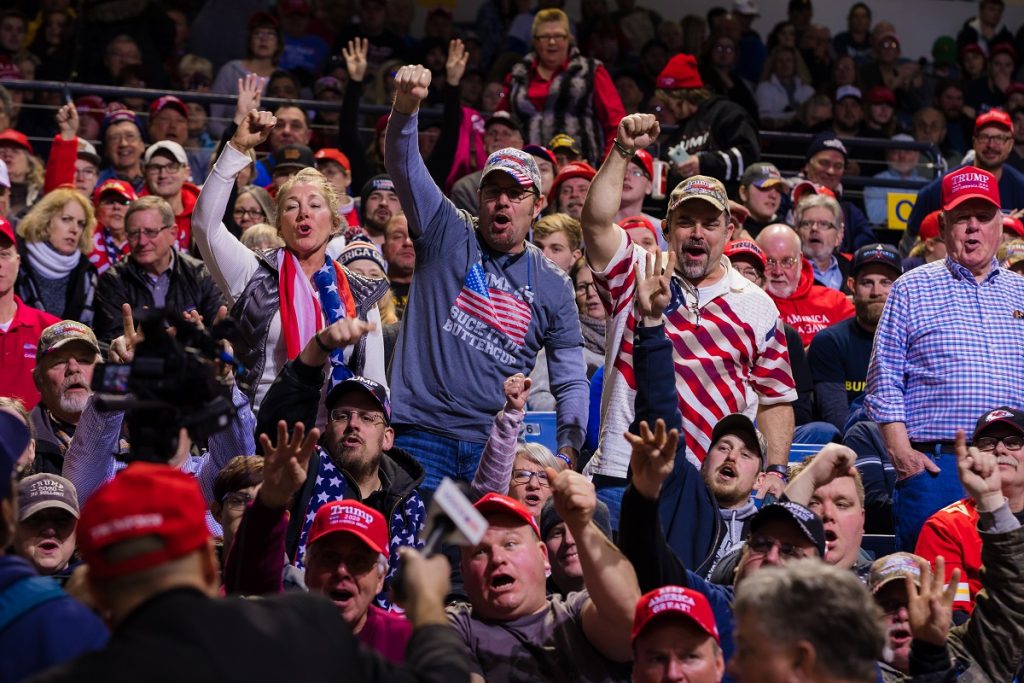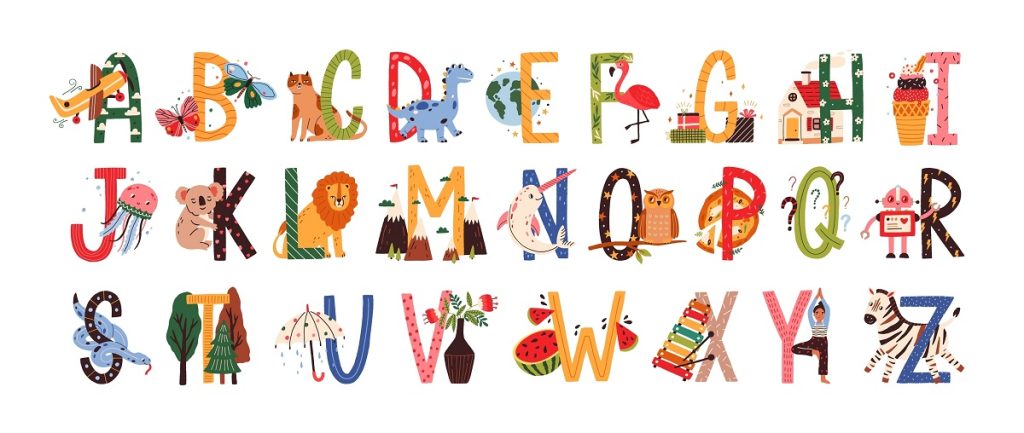Visual rhetoric refers to the use of graphical images to communicate meaning. In written work and speeches, it relates to images, charts, props, and any visual materials that enhance a presentation and make it interesting, compelling, and persuasive.
Rhetoric refers to using spoken and written words for persuasive and informative communication. Visual rhetoric, on the other hand, refers to the use of visual aids to achieve the same type of communication or enhance and intensify the rhetorical message.
The common wisdom that a “picture is worth a thousand words” rings true.
What Is Meant By Visual Rhetoric?
The study of visual rhetoric is a relatively new field. It involves looking closely at how images impact communication and convey messages.
- Visual rhetoric is a prime component of rhetorical theory, which refers to the use of images, videos, and other visual elements to enhance the persuasive power of a speaker’s message. When done effectively, visuals can have a rhetorical effect on the audience being addressed.
- It is a type of visual literacy and is one of the three primary elements, the other being visual thinking and visual learning. More on these two elements can be found in this article published in the Purdue OWL (Online Writing Lab).
- Visual rhetoric effectively conveys complex ideas and emotions in a way that resonates with the audience. It can be used in various forms of communication, such as advertising, political speeches, and presentations. Visuals can evoke emotions that words alone can’t achieve.
- Using visual rhetoric in speech adds aesthetic appeal, creating a deeper connection with the audience and imparting a visual message. For example, using images of the American flag is an example of visual rhetoric. In this case, visual communication is one of country pride.
- Visual rhetoric also helps speakers simplify complex concepts by breaking them into more digestible pieces, making it easier for audiences to understand and remember key messages. Graphical representations of information, like charts and graphs, are often used in these cases.
By using visuals effectively, speakers can connect with their audience on a deeper level and persuade them toward their desired outcome.

What Is The Rhetorical Triangle?
The rhetorical triangle is a framework that helps writers and speakers effectively communicate their message to the audience.
It consists of three main components:
- Ethos. Trustworthiness and credibility of the speaker or writer.
- Pathos. An emotional appeal that aims to evoke feelings in the audience
- Logos. A logical appeal that uses facts and evidence to support an argument.
The rhetorical triangle is crucial in persuasive writing and speaking because it allows the communicator to establish a connection with their audience by appealing to their emotions, logic, and credibility. By using ethos, pathos, and logos effectively, communicators can create compelling arguments that resonate with their audience.
A rhetorical triangle is essential for anyone who wants to communicate effectively. By mastering this framework, writers and speakers can connect with their audience on a deeper level and achieve their communication goals more effectively.
What Is The Difference Between Rhetoric And Visual Rhetoric?
Defining visual rhetoric means understanding the difference between it and rhetoric in general. The two are two distinct forms of communication often used together to make a message more impactful.
Rhetoric means using language and words to persuade or influence an audience by appealing to emotions, logic, or ethics.
In contrast, visual rhetoric elements include using images, symbols (semiotics), colors, and other graphical means to convey a message. It relies on objects or imagery to create a visual argument. The visual elements can include anything from photographs and videos to memes and visual text that employs eye-catching fonts or typography.
Visual rhetoric is often used in concert with speech to make complex information more accessible or memorable for an audience.
How Do You Identify Visual Rhetoric?
Visual rhetoric is any form of communication that’s facilitated by visual elements. In other words, it’s the things you see. The caveat is that to truly be considered visual rhetoric, what you see needs to deliver a message.
Visual rhetoric is an essential tool in advertising, politics, and art. However, correctly identifying it requires analysis of the images used in a particular context and understanding their intended purpose. So, to identify visual rhetoric, you need to consider the context in which the visual element is being presented, the purpose behind it, and the intended audience.
For instance, advertisements aimed at children will use bright colors, cartoon characters, or visual objects that engage a child’s interest. In this way, an advertiser gets a child’s attention and communicates that their product will create happiness or satisfaction.
A red baseball cap can be a color choice for a popular style of headwear. Followers of Donald Trump have made red hats with white lettering on the front a symbol of support for him. A group of people in red caps sends a message.
Effective visual rhetoric will be tailored to its intended audience, and the elements used will send a targeted and specific message that will be remembered after the visual aspect is no longer in view.

What Are The 3 Examples Of Rhetoric?
We’ve all been exposed to rhetoric; there’s no escaping it. Any political speech, advertisement, academic lecture, or even appeal from a friend is rhetoric.
Some common examples include:
- Health and safety appeals. The recent pandemic gives us some prime examples of rhetoric. The many requests to wear masks, discussion of repercussions for not taking proper precautions, and various opposing views are all examples of rhetoric. The verbal appeals and warnings were often accompanied by graphics of the right mask to wear and the right or wrong ways to wear it.
- Any advertisement. Consider the common pink digestive remedy. Without even naming it, we all know to what I’m referring. The advertisements use color, music, graphics, and persuasive words to convince us to choose their product.
- Recruitment. The efforts to bring people into a group or cause are examples of rhetoric, whether it’s the military, a job, or a school. Recruiters might wear shirts or hats in the company colors and logos.
Notice that all three of these use elements of visual rhetoric in addition to standard rhetoric, and all three use the rhetorical triangle (ethos, pathos, logos) to inform and/or persuade.
What Are The 5 Rhetorical Modes?
A mode is essentially a method. For instance, cars are a mode of transportation, and convection is a cooking mode. So, it follows that a rhetorical mode refers to a method of communication.
There are five recognized rhetorical modes, each with its own purpose in communicating ideas to an audience. These modes may employ any or all of the rhetorical devices (e.g., analogies) to deliver a message.
Verbal rhetoric is primarily used in these modes, but visual information is often incorporated to deepen the message and make it more memorable.
They are:
- Narration. Telling a story or recounting events. Narration uses vivid imagery to connect with an audience, communicate ideas, and create an emotional connection.
- Description. Painting a picture for the audience. Description uses sensory details that help create a mood or feeling of presence/
- Exposition. Presentation of information in an objective manner. Exposition is often used in academia to explain factual and complex ideas.
- Argumentation. Use of evidence and reasoning to support a claim. Argumentation connects and persuades an audience through logic and details.
- Persuasion. Use of emotion and emotionally evocative language and visuals with the aim of convincing the audience to adopt a particular belief.
What Is An Example Of A Visual Rhetoric?
Truly understanding visual rhetoric means being able to see the abundance of it in everyday life. The good news is that examples can be found nearly everywhere you look. Anything that uses a visual representation to communicate a message without words can be considered visual rhetoric.

Consider the following 3 common examples:
- Flags. No matter the country, flags communicate location and nationality and attempt to inspire pride and patriotism in people.
- The symbol for poison. Without saying a word, the skull, and crossbones make it clear that something is dangerous.
- Kindergarten font. There are innumerable fonts to choose from in visual media, and they all communicate something different. Kindergarten font, for instance, has a connotation of innocence, fun, and childhood.

